The Sustainable Development Goals (SDGs) have been widely endorsed by governments, civil society and the private sector as a framework for creating a better world. Yet, as the 2030 deadline for achieving them looms, it is clear that most, if not all, will remain unmet. Most countries are way off track (see ‘Slow progress’); only a few targets, such as mobile broadband access and Internet use, are in reach1,2.
This lag stems in part from the slowing of the global economy by shocks, including the COVID-19 pandemic and international conflicts, which weren’t anticipated in 2015 when the goals were agreed1,2. The goals require deep transformations in education, health, energy, land use, urban infrastructure and digital platforms, financed and implemented in an integrated manner3. Governments are struggling to fund long-term investments in infrastructure. And the sheer range of targets, across all sectors of the economy and at local, national, regional and global levels, challenges current modes of governance.

Source: Ref. 1
There is insufficient finance to enable low- and middle-income countries (LMICs) to achieve the SDGs4. Many nations are in debt distress after the pandemic and face a tight schedule of repayments, which is setting back development. Weak domestic institutions and corruption5 further hamper the flow of equity and debt finance to LMICs.
SDG actions, too, often remain siloed, and strategies unaligned. For example, as well as increasing spending on health, many COVID-19 recovery packages poured money into shoring up carbon-intensive industries rather than boosting renewables. Only a handful of countries’ climate commitments under the Paris agreement take into account broader SDG outcomes, including impacts on incomes, poverty, jobs, inequality, health and education6.
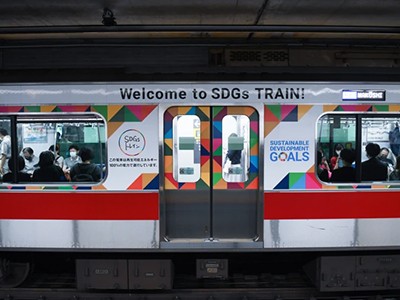
The Sustainable Development Goals: can they be made smarter?
Given all these constraints, some people have argued that the world should take stock and focus on fewer sustainability goals and targets. We disagree. Because all of these global crises are interlinked, only a holistic and global approach to solving them will work. The SDGs should remain at the centre of global policy agendas.
Therefore, we call on member states of the United Nations, in the run-up to the UN Summit of the Future in September, to adapt and extend the SDG framework to 2050. This will entail setting interim targets for 2030 and 2040 and final targets for 2050 that align with science and maintain high, yet achievable, national and global ambitions.
To support those discussions, here we highlight six priorities that we consider crucial, along with a schedule for action (see ‘Revised global actions and timelines’). Some goals can and should be met by 2030. Others will need more time and ambition, such as achieving net-zero carbon energy systems by 20507. The structures of international finance need to be reformed. And emerging technologies such as artificial intelligence (AI) must be incorporated.
Extend and bolster the framework
Table of Contents
Adapting the SDGs for 2050 will first require wide consultations, including with scientists, Indigenous populations, marginalized communities and the private sector. Inclusiveness is essential for maintaining the awareness and legitimacy that the framework enjoys today.
All 2050 targets must be clear and measurable, using indicators that are widely accepted and easy to implement. For example, an effective climate-action goal (SDG 13) should be based on net-zero emissions of anthropogenic greenhouse gases by mid-century, as well as actionable climate-resilience goals.
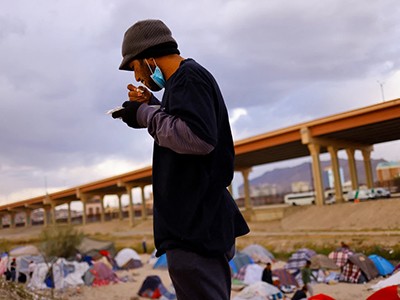
What scientists need to do to accelerate progress on the SDGs
Cutting-edge technologies must be included. For example, AI could affect all the SDGs, both positively and negatively8. Global agreements on regulation will be needed, to stop the proliferation of AI-driven autonomous weapons, misinformation and inequalities.
There are two ways to include AI — either by incorporating it into existing goals (such as SDG 9, on industry and innovation) or by adding a separate one. The 2020 Montreal Statement on Sustainability in the Digital Age (see go.nature.com/3yp6h1x) has laid the foundations for targets that ensure that AI technologies will be used for the shared prosperity of all.
Measures of cross-border impacts, or spillovers, need to be better integrated into SDG targets, to ensure that progress in one region does not come at the expense of another1. Many high-income countries have practices that hinder SDG progress in LMICs, including importing goods that have environmental impacts overseas, supporting tax havens and the dumping of electronic and other wastes.
Ensure a healthy planet
The SDG agenda depends on and must ensure a safe operating space for humanity on Earth. A physically stable environment is a prerequisite for human well-being. Yet the world is transgressing six of nine planetary limits or ‘boundaries’ that regulate its stability and functioning9 — including in areas such as climate change, biodiversity and more. Surpassing these limits puts Earth’s entire life-support system at risk, and with it the chance to eradicate poverty and hunger and achieve good lives for all.
Scientists must set out pathways for updating the SDG targets and milestones to return Earth to a safe operating zone within two decades. Global greenhouse-gas emissions must reach net zero by 2040–50. Global biodiversity loss must be halted in the next decade, and investments made to protect and regenerate intact and managed ecosystems. Patterns of resource extraction and use, covering everything from rare-earth metals to construction materials and nutrients, must shift towards circular models.
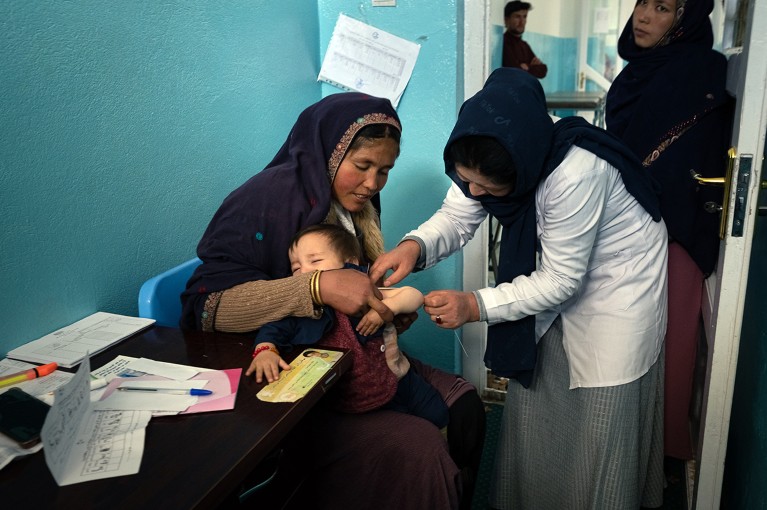
A nurse examines a child in Afghanistan for malnutrition.Credit: Elise Blanchard/The Washington Post via Getty
Strengthening global governance to achieve this transition will be challenging in the current geopolitical context. But the world has frameworks, agreed by all countries, that provide workable plans for accelerating and scaling sustainable transitions. These include, for example, the UN Framework Convention on Climate Change and the UN Convention on Biological Diversity. The task is to shift the focus from negotiating over problems to delivering solutions, and to introduce strong enforcement mechanisms.
All economic transactions need to account for the true cost of planetary damage. This requires a price on carbon, as well as tariffs on activities that undermine the functioning of ecosystems, freshwater cycles, marine systems and biochemical flows. The global financial system, starting with the World Bank, International Monetary Fund and regional development banks, needs to agree on universal principles for de-risking sustainable investments in LMICs, and putting an end to investments in planet-damaging operations.
Enhance planning and cooperation
Governments must extend their SDG policy pathways to mid-century and set mid-term milestones10. These plans should align national priorities with global objectives, ensuring that every country contributes to collective progress towards sustainable development.
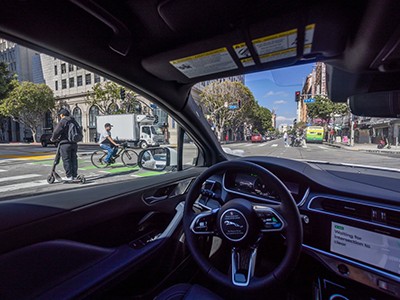
Will AI accelerate or delay the race to net-zero emissions?
Governments should put in place dedicated and flexible systems to work across SDG priorities11, and build long-term, in-house knowledge rather than use consultants. They should strengthen their capacities to anticipate, adapt and learn about what works in and across organizations. They should design tools, institutions and partnerships to maximize public value, engage citizens and build and manage digital infrastructures that serve the common good2,11.
Enhanced regional cooperation is also crucial, particularly in managing transnational infrastructure and rainforests, river basins, aquifers, coastal regions and fisheries. Transnational data sharing will be needed, through open-data initiatives for example.
Address investment and finance
Public investment must be scaled up and paced to meet the extended SDGs. This will involve financial commitments and strategic allocations that build complementarities across human capital, infrastructure, business capital and natural capital2,3. To deliver returns from business investment, for example, countries must ensure they have a skilled workforce — through universal access to quality education — and infrastructure for energy, water, transport, digital services and so on. In LMICs, investment in this crucial infrastructure has, until now, been underfunded2.
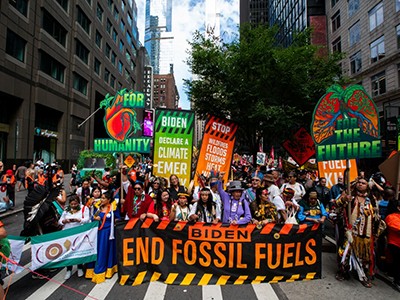
To build a better world, stop chasing economic growth
Reform of the global financial architecture is crucial, as advocated by the UN secretary-general António Guterres and various economic blocs and institutions12. More accessible long-term, low-interest financing is needed for LMICs to pursue sustainable development. Multilateral development banks should boost their capital to increase the scope for financing. Regional financial architectures should be set up to support SDG-aligned projects across borders. Some regional development banks are taking steps to finance transboundary infrastructure, such as green power grids covering several countries.
Governments can also encourage private financing by presenting their SDG investments in the context of clear integrated development strategies from now to mid-century.
Adopt mission-based approaches
Framing the fulfilment of SDGs through missions with well-defined goals — such as achieving energy systems with net-zero emissions, lessening health inequalities or closing the digital divide by a specific date — can be effective in helping to transform societal challenges into practical policy pathways. For example, one target of the European Union’s ‘Restore our Ocean and Waters’ mission is to reduce plastic litter at sea by at least 50% by 2030.
Missions can bring together many sectors, technologies and types of firm to achieve ambitious goals13. For example, in its efforts to protect and restore marine and freshwater ecosystems in Europe, the European Commission has convened 13 of its ministries (or directorates-general) — including those responsible for climate action, maritime affairs and fisheries, and research and innovation, to tackle the mission in a whole-of-government way.
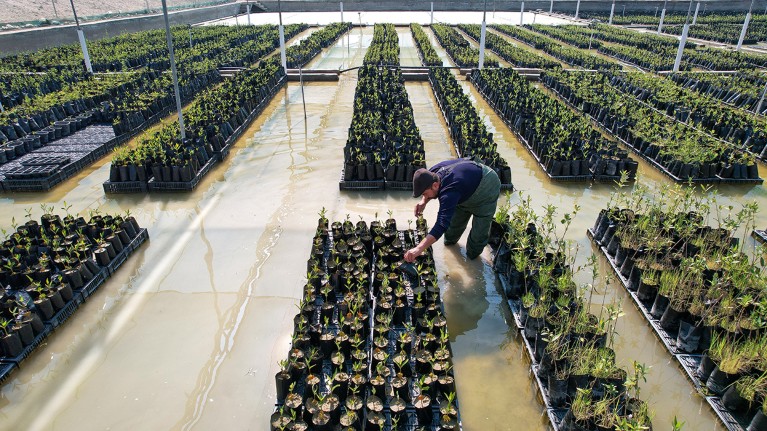
Mangrove plants are being planted near Basra in southern Iraq to help to tackle climate change.Credit: Haidar Mohammed Ali/Anadolu via Getty
And missions can act as multipliers for investment outcomes; jobs, productivity and growth can result, strengthening their political traction. More than 480 innovation projects and €3.7 billion (US$4 billion) in public and private investment have been mobilized for the EU’s oceans and waters mission since 2021, for example. A ‘digital twin’ of the region’s oceans and fresh water is being created to monitor and evaluate progress for this mission, and will benefit policymakers, citizens, entrepreneurs and scientists.
Spin-offs can result, which are not captured by conventional cost-benefit analyses. For example, NASA’s Apollo missions led to camera phones, foil blankets and formula milk. Governments will need to develop dynamic methodologies to quantify these multiplicative effects.
Multilateral and national development banks can also be aligned around deep transformation pathways and innovative missions14,15. For example, Germany’s green steel sector owes its growth to the KfW Development Bank’s green loans programme for heavy industry, which aligned its long-term and low-interest finance to the government’s energy transition mission16.
Foster change and accountability
Although some high-income countries, such as some in the EU, have made progress towards the SDGs, they must continue to support worldwide efforts. Vulnerabilities of nations that are especially exposed to climate-change impacts, including small island states, must be addressed. Financial support should be provided, ranging from direct cash payments to climate-resilient debt clauses. Human capacity building should be driven by the nations’ adaptation needs and capacities, diverse ecosystems and socio-economic settings.
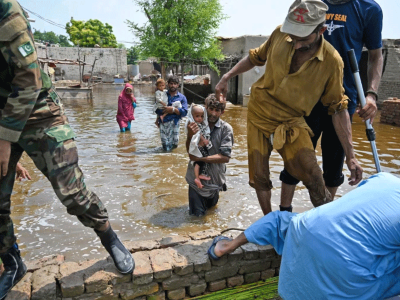
Climate loss-and-damage funding: how to get money to where it’s needed fast
Accountability mechanisms are currently scattered and irregular, and must be strengthened. These include regular follow-up, transparent reporting and systems to hold actors accountable for missed targets, at local, national and global levels. Peer review, in which countries review each other’s performances, could be considered, as well as recognition and rewards for the best perfomers. New tools to make the SDGs more politically important to governments are urgently needed2.
A new economics of the common good is needed, too — for setting shared goals and working out how to achieve them17. This involves cross-cultural respect and cooperation, the cultivation of civic virtues and defending the dignity of the socially, politically and economically marginalized — with not just words but also policies and collaborations involving government, business, workers and civil society. Diverse voices and sources of knowledge must be brought to the table to discuss what it means to co-create a just and sustainable economy.
What next?
We recommend that at the Summit of the Future, UN member states resolve that an updated and reinvigorated SDG framework should guide national action and global cooperation until 2050. We suggest that they set up an inter-agency, multicountry working group to develop the details.
These guidelines would be adopted by the UN General Assembly by 2026. And, no later than 2027, all nations should prepare revised, comprehensive and forward-looking voluntary national reviews of SDG strategies, incorporating ambitious targets for 2030, 2040 and 2050. These reviews would feature long-term transformation pathways and mission-based strategies, and include cooperation mechanisms to support LMICs.
In addition, we suggest the following actions in support of the SDGs.
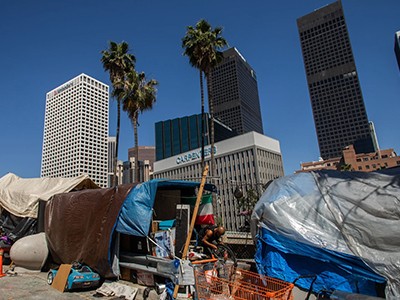
Why the world cannot afford the rich
Regarding planetary health, UN member states should establish a global governance mechanism to address planetary stability and security, with a focus on the risks of exceeding planetary boundaries that will lead to unmanageable and irreversible intergenerational damage to life-support systems.
Regarding financing, member states should agree to adopt the SDG Stimulus programme (see go.nature.com/3vvbppf) to bolster official financing and debt relief. In addition, a reformed global financial architecture, including global taxation on fossil-fuel emissions, air travel, shipping and international financial transactions, should be adopted at the Financing for Development Summit in 2025.
Regarding policy support and cooperation, the whole UN system should work to ensure policy and financial coherence with the SDG agenda. Regional bodies (such as the African Union, EU, Association of Southeast Asian Nations, the South American trade body Mercosur, the Eurasian Economic Union and others) should work to reinforce cooperation and regional-scale investments in transboundary infrastructure and environmental protection.
Regarding capabilities, UN member states should adopt a balanced and multilateral knowledge-based approach to the SDGs framework. Publicly funded research systems should be deployed, nationally and globally, encompassing social and technological innovation and the evaluation of interventions.
By embracing this comprehensive approach, the global community can ensure sustainable development for all by mid-century, leaving no one behind.
